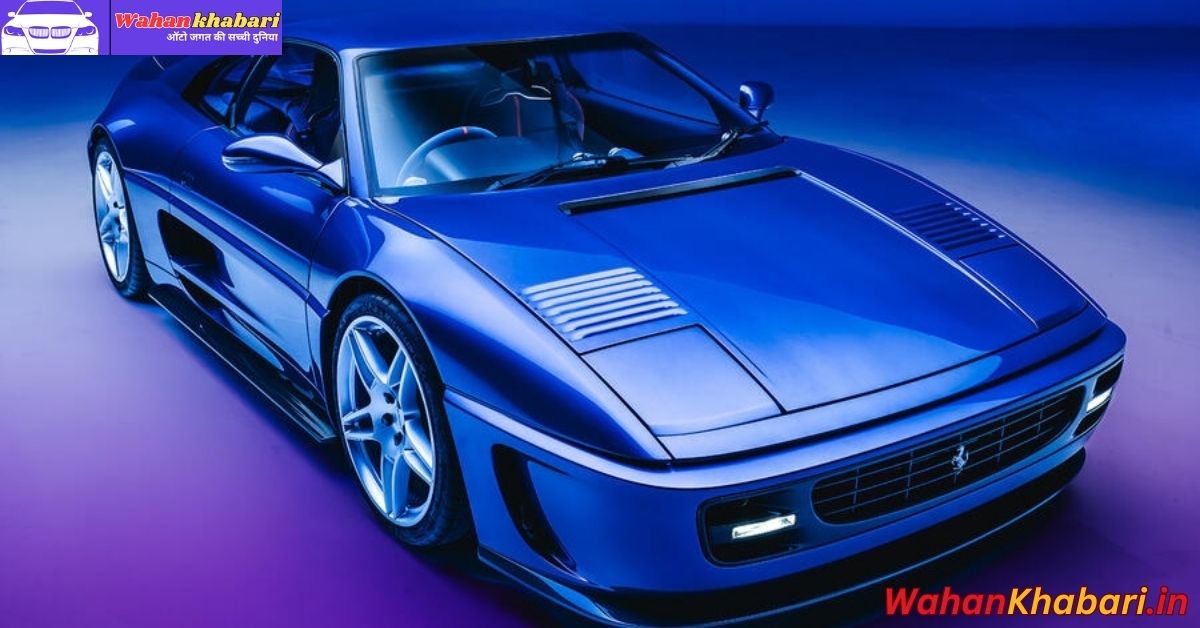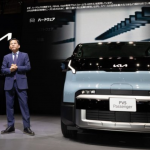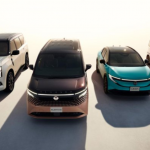In the realm of automotive craftsmanship, there exists a fine line between preservation and innovation. Few vehicles walk this tightrope as gracefully as a handbuilt Ferrari restomod—a machine that captures the timeless soul of Maranello’s golden age while seamlessly infusing it with modern engineering and design sensibilities. The result is something more than a car. It’s rolling sculpture. It’s performance reimagined. It’s pure automotive artistry.
A Fusion of Heritage and Innovation
“Restomod” is a term born of contradiction. A portmanteau of “restoration” and “modification,” it’s often associated with classic American muscle cars. But in recent years, the restomod movement has extended far beyond Camaros and Mustangs, finding its way into the hallowed territory of European exotics—Ferrari, in particular. And when done with respect, precision, and passion, a Ferrari restomod can become more than the sum of its parts.
At the heart of this trend is a desire to celebrate automotive heritage without being bound by its limitations. Classic Ferraris, for all their beauty and pedigree, were products of their time—often temperamental, ergonomically challenging, and technologically outdated by today’s standards. A restomod doesn’t seek to erase these quirks but to refine them, to retain the essence of the car while eliminating its mechanical shortcomings.
The Art of the Build
A handbuilt Ferrari restomod is not a mass-produced offering. Each car is a bespoke project, typically born from a donor vehicle like the Ferrari 308, 328, or even the revered Daytona. Craftsmen spend thousands of hours disassembling, reimagining, and rebuilding each component. Body panels are hand-shaped in aluminum or carbon fiber, often with subtle tweaks to improve aerodynamics or proportions while staying true to the car’s original silhouette.
Modern materials play a pivotal role. Where early Ferraris were often plagued by corrosion and chassis flex, today’s restomod builders reinforce frames, install advanced suspension setups, and upgrade brakes to contemporary performance levels. The result is a car that retains the charisma and charm of a vintage Ferrari but drives like a modern thoroughbred.
Interiors receive similar attention. Out go the brittle plastics and dated electronics. In their place: finely stitched Italian leather, billet aluminum switches, and custom gauges that blend retro aesthetics with digital precision. Some builders integrate modern infotainment in subtle ways, allowing drivers to enjoy Bluetooth connectivity or hidden navigation systems without breaking the illusion of a classic cockpit.
The Power Within
Perhaps the most debated element of a restomod is the powertrain. Some purists insist on keeping the original engines, rebuilt and tuned for better reliability. Others take a more radical approach—swapping in Ferrari’s newer V8s or even V12s, complete with modern fuel injection, emissions controls, and revised cooling systems.
The result is often staggering. A restomod Ferrari can produce upwards of 400 to 500 horsepower—double what the originals offered—while weighing less and handling better. That combination delivers a driving experience that’s both nostalgic and exhilarating, marrying the analog feel of a vintage sports car with the confidence of 21st-century performance.
A Statement of Passion
These cars are not built for mass consumption. They are painstakingly crafted for collectors, drivers, and connoisseurs who appreciate the nuance of engineering, the poetry of design, and the thrill of driving. Each handbuilt Ferrari restomod is unique, bearing the fingerprints of the artisans who shaped it. It’s a conversation between generations—Enzo Ferrari’s vision filtered through the lens of today’s technology.
More than anything, a restomod Ferrari is a statement. It says that legacy matters—but so does evolution. That beauty can be preserved without becoming stagnant. That the best way to honor the past is to keep it moving forward.
The Future of Automotive Craftsmanship
As the automotive industry barrels toward an electric future, with synthetic fuels and autonomy on the horizon, restomods like these offer a compelling counterpoint. They’re a celebration of analog emotion in a digital age—a reminder of what driving used to feel like, and what it still can feel like when passion guides the process.
In a world where cars are increasingly defined by screens and software, a handbuilt Ferrari restomod is something tactile, visceral, and soul-stirring. It roars, it vibrates, it challenges. It doesn’t merely transport you—it connects you to the road, to the past, and to the craftsmen who dared to reimagine a legend.

Hello, my name is Muskan Kumari and I am an experienced Digital Marketer. I have been blogging for the last 3 years and I have special interest in SEO. Here I give you easy bikes and writes easy-to-understand reviews and news about the latest bikes, helping readers choose the best options.. My aim is to always provide you with accurate, new and useful information.










